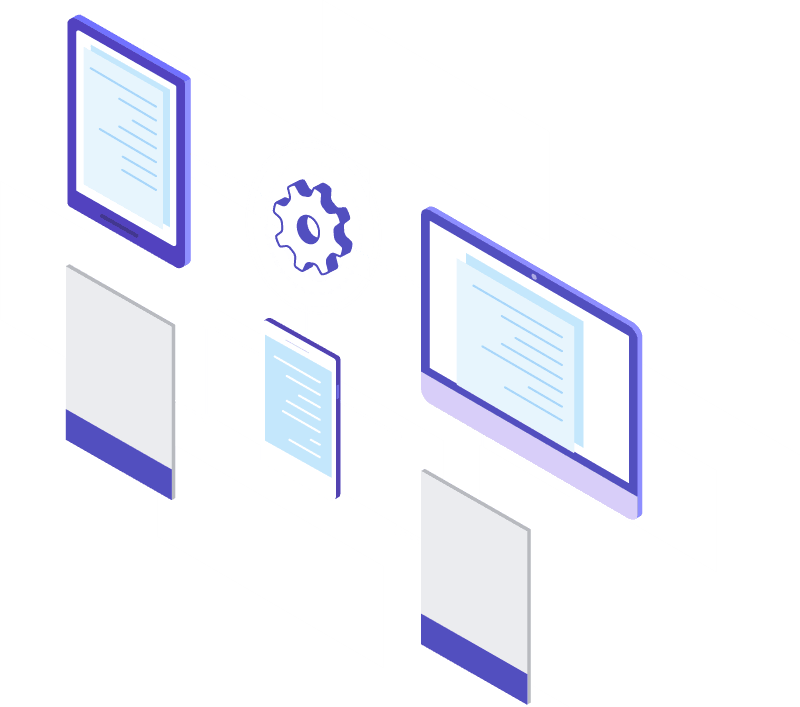Why is MarlinDT a Digital Twin?
Telecom networks are a complex beast. To simplify the structure, we typically split the network in layers.
There are passive layers (cables, ducts, splitters, splices, manholes, cabinets) and active layers (active equipment of Nokia, Infinera, Huawei, Cisco that creates layer 1 and layer 2). MarlinDT manages both layers and can interconnect these layers.
Marlin GIS provides the physical network management (based on Esri ArcGIS)
Networkmining provides the active network management (no geographic approach).
MarlinDT connects the passive layer to the active layer, the physical layer to the logical layer. So what makes MarlinDT a digital twin?
Digital Twins have 3 key requirements.

1 : Digital Copy
A digital twin is a digital copy of reality. This copy needs to complete, accurate, up-to-date. Typical inventories try to achieve this, but the actual data quality is low – or at least not at the right level..
2 : Feedback
A digital twin requires a feedback loop: input from reality that _feeds_ the model. With our Networkmining module, MarlinDT probes your network to read the actual network state. You cannot get more accurate and more up-to-date by reading the data from the network.
3 : Simulate
A digital twin must be used, otherwise it is just a gimmick. Why are we building a digital twin? It’s to empower your engineering and operations.
MarlinDT offers a lot of “What If” simulations to prevent for example network outages. What happens if this node fails, what happens if this equipment fails, what happens if this cable is cut?
But also simulations on designing new connections with new architectures: what is the cost difference between two scenarios?
